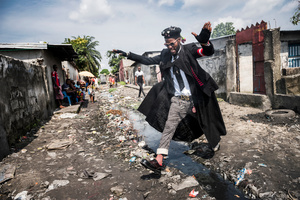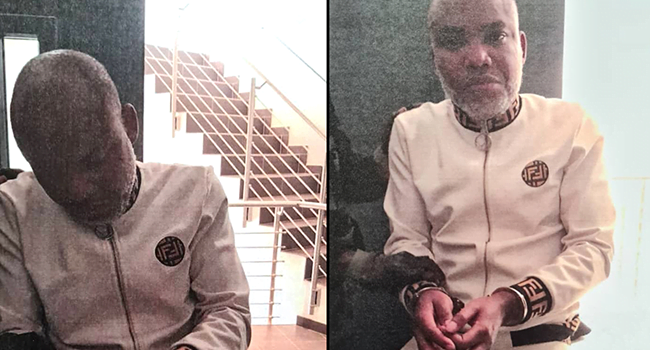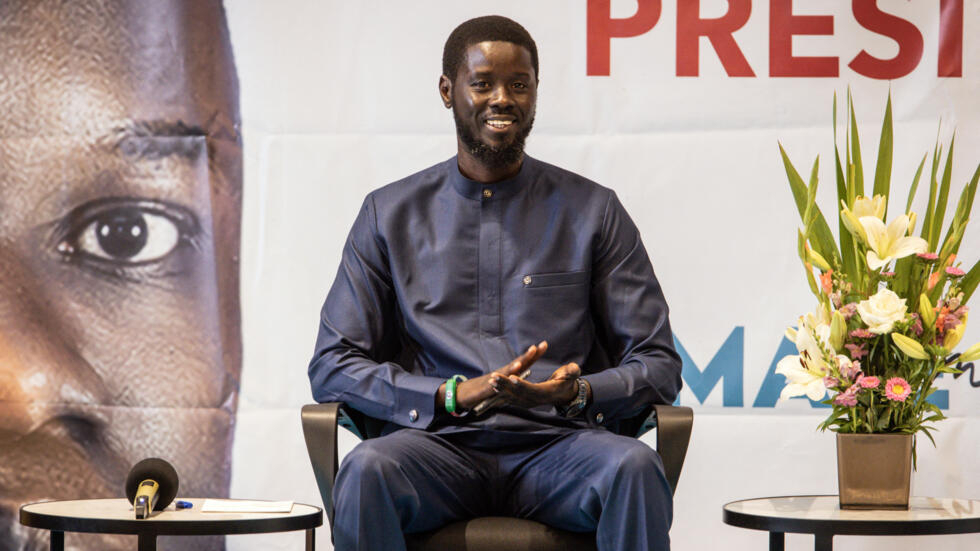African traditions and Sape in the Congo
Congo’s Pointe-Noire recently hosted the Festival of Orality, “Retour au Mbongui,” which highlighted African customs through stories, legends, and nursery rhymes. One of the festival’s highlights was the appearance of the “sapeurs,” who are known for their outstanding elegance and distinct dress sense.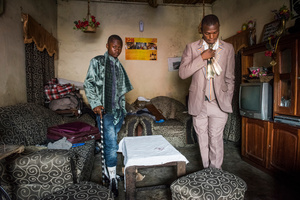
Henri Blaise NGUEBEI, President of the Sapeurs, underlined the significance of combining African and Western cultures to form a cohesive tradition. He said, “The sapeurs bring cultures together.” Here, it is about valuing and combining African and Western cultures. That is exactly what sape is about. Sape is also about narrative, as it occurs in tales. Our objective is to encourage sapeurs to continue storytelling by taking part in such events.”
Sape is generally connected with Western fashion, however it has a significant relationship to African roots. The sapeurs hope to maintain these traditions at a time when many are in danger of extinction.
Jorus MABIALA, Director of the Festival Retour au Mbongui, explained***, “We have an ancient culture, as evidenced by these traditional dances, as well as other traditions that we have modernized. Sape, invented by the Congolese, is today practiced in various African countries, although its origins are here. So, why not bring it back to Mbongui and discuss it?***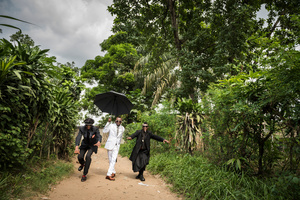
The festival was well-received by the public, who valued the opportunity to reconnect with their ancestral roots. Celome NGAKOSSO, an audience member, gave his opinions, saying, “What I take away from this is that our people went to see how others dressed and merged it with our African tastes, and the outcome is what we have, Sape. It is about preserving this message so that it does not vanish and can continue to exist.”
